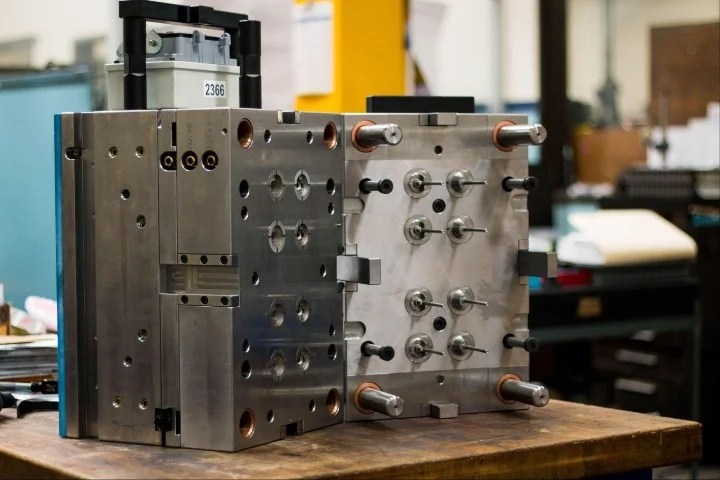Time to read: 16 min
Introduction: A Brief History of IoT
In 1926, inventor and futurist Nikola Tesla remarked upon the potential power of wireless technology to eliminate social problems arising out of the natural distance that exists between individuals and groups of people:
“When wireless is perfectly applied the whole earth will be converted into a huge brain, which in fact it is, all things being particles of the real and rhythmic whole. We shall be able to communicate with one another instantly, irrespective of distance… and the instruments through which we shall be able to do this will be amazingly simple compared with our present telephone.” Nikola Tesla, When Woman is Boss

The accuracy of Nikola Tesla’s vision for the way emerging technology would shape and connect our world is remarkable. But beyond his vision of connectivity between people, and even between people and objects, technological advances have expanded into the realm of communication between objects themselves and the surrounding environment.
From thermostats that learn our daily routines to cars that receive crucial safety feature updates “over-the-air,” everyday objects are more connected than ever before.
Developing new products with the complexity of intelligent communication can be a daunting process, so our goal with this guide is to make it less so.
In this guide, we’re going to provide a thorough introduction of the internet of things (IoT) to help you get started, with an in-depth look at the following topics:
- Core concepts and current state of IoT
- Overview of wireless communication
- Comparison of wireless protocols
- Design considerations for IoT product development
- Choosing a Wireless Standard: Four Key Questions
Feel free to jump straight to sections that answer your most pressing questions or, of course, read the entire guide straight through.
Let’s dive in!
Core Concepts and Current State of IoT
In 1991, eight years before the term “Internet of Things” was coined by British technology entrepreneur Kevin Ashton, computer scientist Mark Weiser wrote about his idea of “ubiquitous computing” in an article published by Scientific American.
He predicted that as computer technology developed, it would become more and more a part of our reality. Highly-connected computers would essentially disappear into an invisible background of intelligent objects that surround and enhance our productivity, social interactions, and general wellbeing.
“The real power of the concept comes not from any one of these devices; it emerges from the interaction of all of them,” says Weiser.
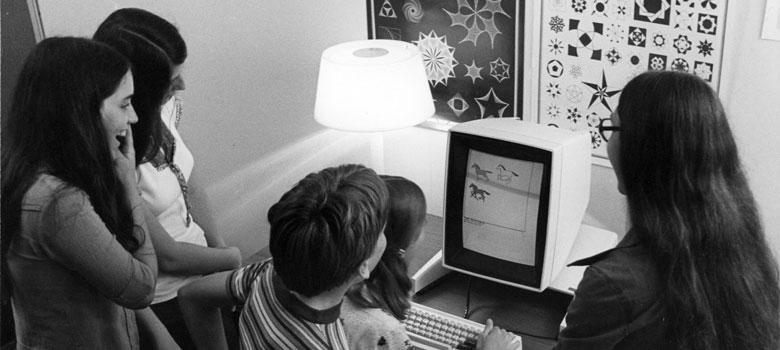
In 2004, Scientific American published a feature titled “The Internet of Things.” The authors of this article proposed the concept of an “Internet-0,” wherein a single standard data network would allow many common objects in a home or office to communicate with each other, the surrounding environment, or other existing data networks, thereby reducing networking complexity and improving services like home healthcare.
The article suggests an open-source data transmission paradigm where the speed of communication is sacrificed for the broader goal of flexibility and device interoperability. The article also echoes Mark Weiser’s sentiment of ubiquitous computing proposed ten years earlier:
“…the ultimate destiny of Internet-0 is not just turning on the lights. An I0 network will be indistinguishable from the computers that it connects; it really will be the computer.”
Today, the number of connected objects in our world is growing rapidly. By some estimates, the current number of IoT devices is on the order of 4.9 billion, with projected estimates of that figure growing fivefold or more by 2020.
We have already seen the success of home automation begin to take place, with devices like the Nest thermostat successfully adopted by a relatively large number of consumers (in early 2014, an estimated 100,000 units were being sold per month), and the company was acquired by Google for $3.2 billion in early 2015.
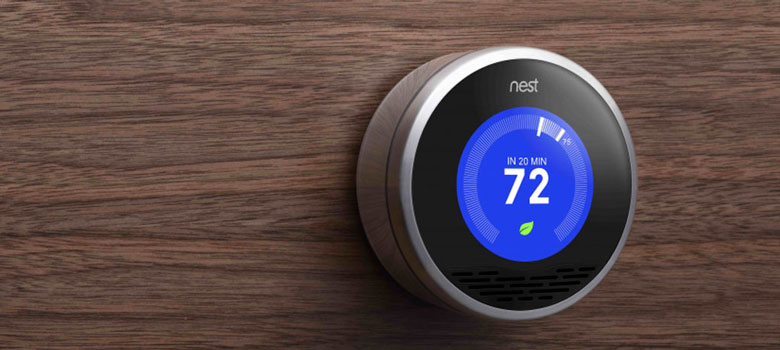
The leading market in terms of number of devices currently in use is by far the consumer product sector, but automotive industry applications are projected to be among the fastest growing sectors in the coming years.
Wireless Data Communication
Overview
At the heart of the technology that drives IoT products is wireless radio communication. The vast majority of wireless devices that we use—like routers, wireless cameras, and bluetooth headsets—operate by transmitting data from one location to the next using radio waves as a medium.
Many common technologies, including Wi-Fi, Bluetooth / Bluetooth LE, ANT, and 6LoWPAN operate around the 2.4GHz frequency band; this is one of the bands of radio frequencies designated for use by the FCC for Industrial, Scientific, and Medical (or ISM) applications.
The FCC provides a frequency allocation chart illustrating the designated purposes for various regions of the radio spectrum.
Challenges with Wireless Data Communication
There are two main challenges with wireless data communication: radio interference and free space path loss.
Radio Interferance
One of the potential problems with having many devices operate concurrently and in close proximity with each other within the same frequency range is radio interference.
In order to maintain stable connections in the increasingly “crowded” ISM band, some wireless devices employ a method of adaptation called frequency hopping spread spectrum (FHSS). Using this method, the transmitter and receiver randomly change the sub-frequency upon which the signal is carried, thereby limiting the amount of overall disruption in transmission that might occur due to interference on any given channel.
Bluetooth uses a variation of this method known as adaptive frequency hopping (AFH). The basic concept of AFH is that Bluetooth can identify fixed channels which cause interference and systematically avoid them by designating the identified range as unavailable.
Other technologies, such as Z-Wave, use an ISM band around the 900 MHz range, often referred to as the “Sub-GHz” band. Some advantages of operating at a lower frequency include potentially lower power consumption, fewer sources of interference, and increased range.
Free Space Path Loss
Signal power is attenuated as it travels through space due to geometric spreading of the wave front, a phenomenon called Free Space Path Loss.
Imagine the signal power as spread out over a given area. As the signal propagates through space, this area increases rapidly, effectively decreasing the power density of the signal.
As mentioned above, lower frequencies theoretically maintain signal strength over longer distances. This is illustrated by the Free Space Path Loss formula, which gives the theoretical power of a signal received by a receiver from a transmitter some distance away.
Here, f is the signal frequency (Hz), d is the distance between the transmitter and the receiver of the signal (meters), and c is the speed of light (meters per second). Higher frequencies produce significantly higher free space losses.
Of course, there are many contributing factors beyond distance travelled and signal frequency to determine actual signal strength for any given application.
Generally, the FSPL formula is used to determine signal strength as part of the Friis transmission equation. It incorporates the power gains provided by the antennas in a wireless system and provides an estimate of the power received by a receiving antenna given the power transmitted by the other antenna in the radio link.
In this equation, Pr and Pt are the power of the receiver and the transmitter, respectively, and Gt and Gr are the gains of the antenna and receiver, respectively.
Additionally, when considering all the factors that affect signal loss, you should perform a link budget analysis.
The link budget analysis is a technique for determining all of the gains and losses of a signal travelling from a transmitter to a receiver through some medium. It’s applicable for any telecommunications system, including wireless communications where data is sent between two points via radio waves in the air.
While a full review of the link budget analysis technique is beyond the scope of this article, it’s important to know that the signal power may be affected by many factors, including:
- antenna type and orientation
- transmitter power
- distance between the transmitter and the receiver
- medium through which the signal propagates
- fading effects such as those due to multipath propagation
Regulating institutions also impose limits on the maximum amount of link power that can be legally transmitted from radio devices. For an introduction to FCC regulations on low-power transmitters such as those used in many IoT products, see this bulletin.
Current Technologies Connecting IoT Devices
Okay – now that we’ve reviewed the general principles of wireless data communication, let’s review and compare several of the most common wireless protocols used in IoT product development.
There are dozens of existing solutions to choose from when selecting a wireless protocol to establish connectivity for your device. Each have specific advantages, disadvantages, and precedent in existing applications, so let’s review each of them, starting with the 3 most common: Bluetooth/Bluetooth Low Energy, Wi-Fi, and Cellular.
Bluetooth / Bluetooth Low Energy
Often, Bluetooth-type networks are referred to as personal area networks, or PAN, and in terms of short-range device communication, Bluetooth is a very popular technology standard.
How it Works
Bluetooth operates over short-wavelength radio waves in the band from 2.4 GHz to 2.485 GHz and can connect several devices from a master Bluetooth device. A master device can provide a miniature “network” supporting up to seven devices.
Main Advantages
One of the main advantages of Bluetooth over WiFi or Cellular is its low power consumption. Bluetooth is designed for relatively low bandwidths and short ranges and therefore requires less power to send and receive data.
Bluetooth Low Energy (Bluetooth LE), also known as Bluetooth Smart, is a wireless technology that provides similar performance to Bluetooth, but at an even lower power and cost. Note that Bluetooth LE is not backwards-compatible with standard Bluetooth, although devices may support both technologies. This means that a dual-mode device would need both a Bluetooth radio and a Bluetooth LE radio to operate.
As mentioned previously, both Bluetooth and Bluetooth LE utilize a technique known as adaptive frequency hopping to minimize interference from other signals sharing a similar radio frequency band. Bluetooth LE uses a different frequency hopping scheme than classic Bluetooth, but the basic idea—minimizing interference and maximizing stability—is the same.
Potential Disadvantage
The range for both Bluetooth and Bluetooth LE is theoretically limited to approximately 330 feet, although most applications of these technologies are used in a closer range. As both standards use radio waves for data communication, connected devices can be separated by substantial distance and matter; the effective range will be limited by device power and sources of signal interference.
Topology
Topologically, Bluetooth and Bluetooth LE operate as point-to-point or star networks. So between one and seven devices in the network connect to a central hub.
This topology has advantages and disadvantages. If the central node fails, then it breaks communication with all of the dependent devices. The primary advantage of this architecture, however, is that it provides a simple, stable connection between the hub and any of its given connected devices.
Wi-Fi
How it Works
Probably the most common wireless connectivity technology currently in use, Wi-Fi is a wireless local area network (LAN) that operates on radio bands in the range of 2.5GHz and 5GHz.
The related technology Wi-Fi Direct is a product that enables Wi-Fi devices to connect directly to each other without the need for a traditional Wi-Fi network. “Smart City” initiatives, as seen in Barcelona, for example, include public Wi-Fi internet access points on all public transportation and at points covering the entire city, available for use by local citizens.

Comparison with Bluetooth
Compared with Bluetooth, Wi-Fi generally requires greater power to operate.
Additionally, since Wi-Fi is used most commonly on devices with user interfaces such as laptops, tablets, and smartphones, connecting a device is done via the existing user interface. Many IoT products, however, may not have built-in user interfaces in the same sense as a laptop screen running an operating system. So creative methods—such as Wi-Fi Protected Setup (WPS) with Push-Button-Connect or Access Point mode—may be required to connect IoT Wi-Fi products.
That said, Wi-Fi is actively being developed and the wireless networking standards implemented in Wi-Fi devices are currently being improved to support perceived requirements of a robust Internet of Things, including lower power consumption and extended range.
Cellular
Cellular technology differs perhaps most distinctly from technologies like Bluetooth and Wi-Fi in that it’s a wide area network (WAN), with a practically global range.
How it Works
Cellular data networks allow devices to connect to the internet by means of cellular towers and inter-working functions (IWF). The IWF systems in place on a cellular carrier’s network receive data from cell towers and route it to the internet. Conversely, the IWF also receives data from the internet and routes it to the relevant cell tower communicating with a cellular device.
Disadvantages
The cost of setting up a cellular connection with a new product is generally higher than other methods; if using a well-known national carrier, contracts and monthly charges are often required.
Product certification is also generally significantly more expensive than other wireless technologies, and may have longer lead times.
Power consumption is another major drawbacks of cellular methods for consumer IoT devices. Cellular devices need frequent recharging, whereas low-power, short range devices that use alternative wireless technologies may operate for months or even years without requiring a charge.
Advantages
The most significant benefit of cellular devices for IoT is that data can be transmitted reliably over exceptionally long ranges when compared with other alternatives.
Another potential benefit of cellular IoT devices is that the infrastructure used to carry the data from cellular devices over the network is managed by cellular carriers, rather than the device manufacturer. Therefore, support costs and connectivity reliability concerns may be lower.
Wireless Technology Alternatives
Now let’s review some popular alternatives to the three most common wireless communication technologies.
ANT / ANT+
ANT is a proprietary network technology designed to operate on the same 2.4 GHz ISM band as other common wireless technology.
ANT appears most commonly in wearables and fitness-oriented products, like heart rate monitors, calorimeters, blood pressure monitors, and cadence sensors.
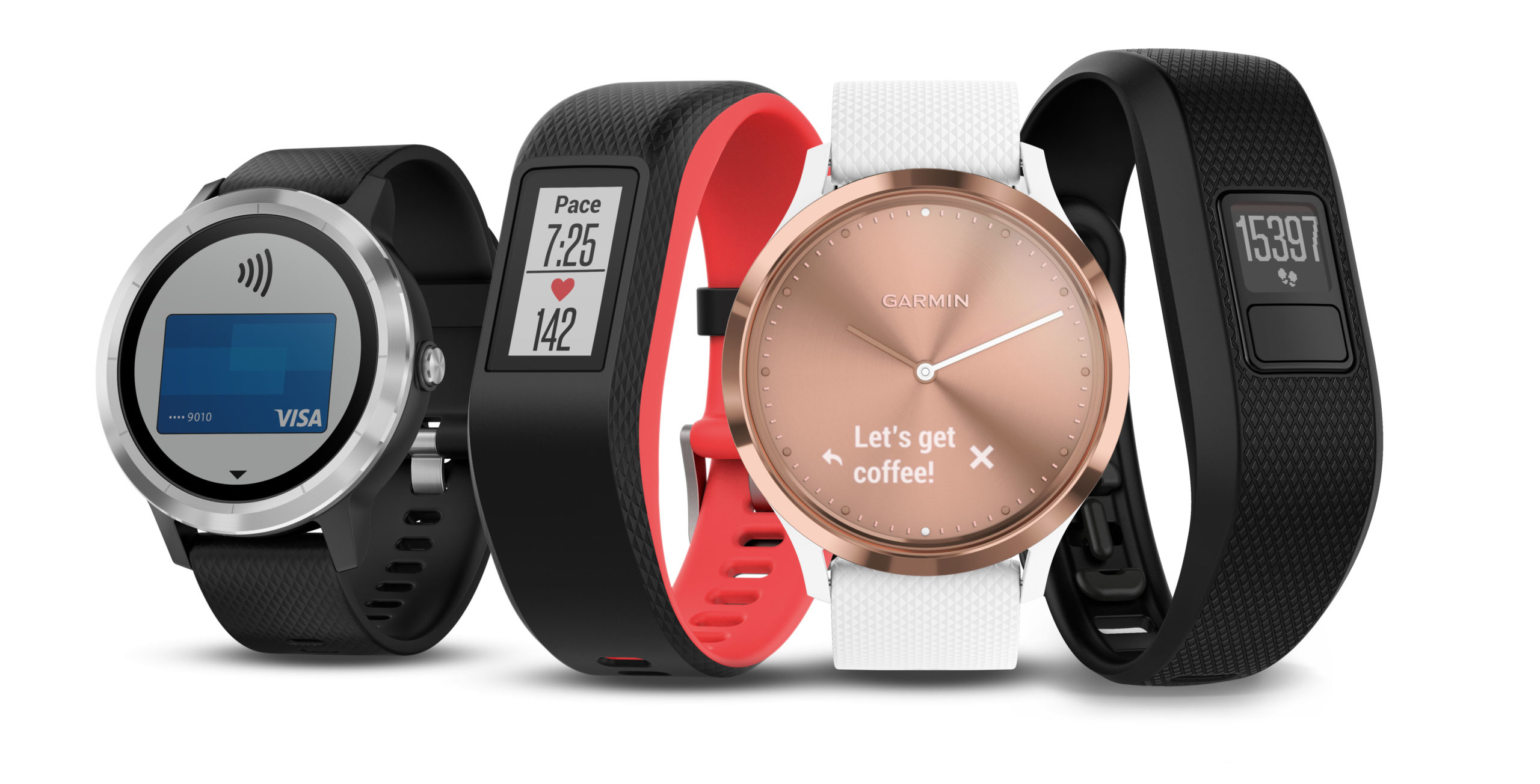
With similar range, power requirements, and data transmission rates to Bluetooth Smart, ANT distinguishes itself by using a simple protocol and wider range of network topologies available, including tree and mesh configurations.
6LOWPAN
6LoWPAN, or “IPv6 over Low power Wireless Personal Area Networks,” is a set of standards developed by the Internet Engineering Task Force (IETF) with the idea of enabling ultra-low power, low-processing capability devices and sensors to operate over low-bandwidth wireless networks.
Perhaps the first communication technology developed specifically for IoT, it’s still a relatively new technology compared with Bluetooth and Wi-Fi.
Z-WAVE
Z-Wave technology is a low-power wireless communications protocol designed specifically for home automation. OpenZWave is an open-source, free library for use with Z-Wave devices.
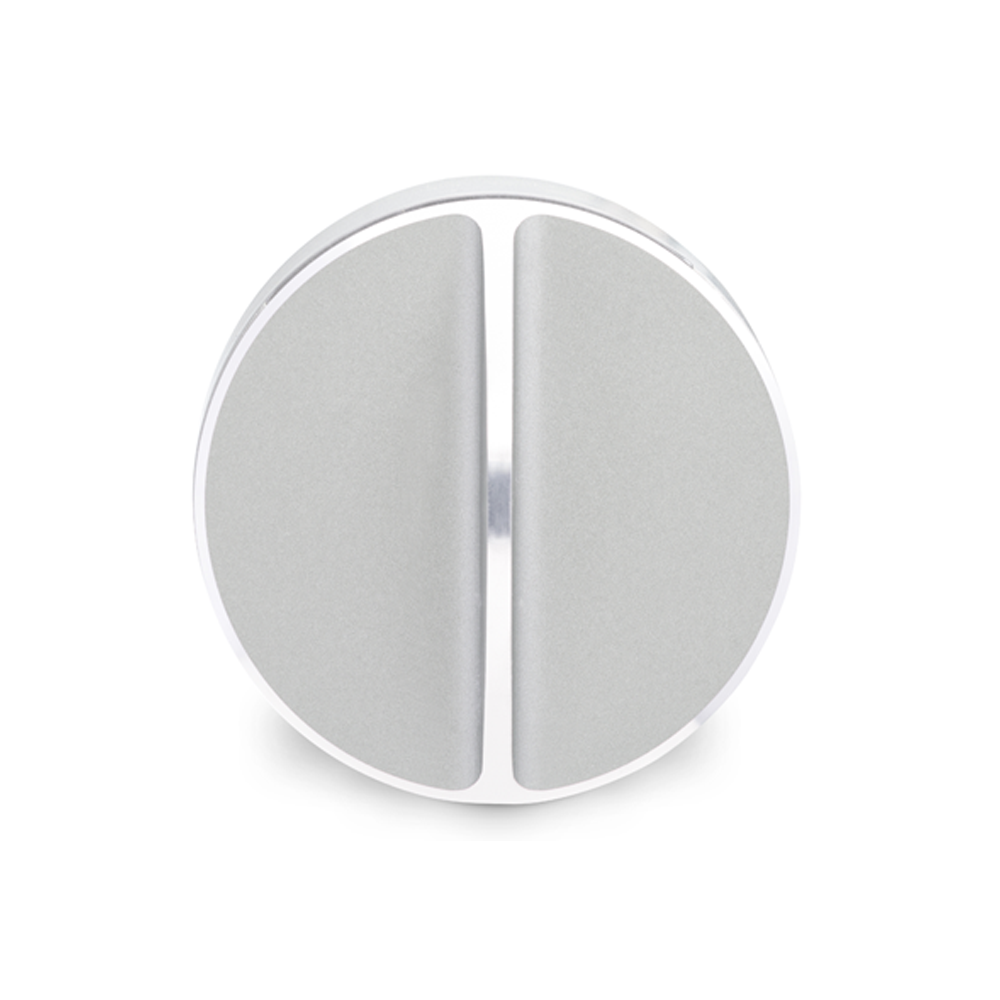
It operates in the sub-1GHz band, and therefore is not prone to interference from other more common wireless technologies that operate in the ISM band.
It uses a type of mesh network topology with one primary controller. This means devices can communicate with each other using other devices in the network as nodes. So even if two devices are not in range, an intermediate device within range of both the start and endpoints may be used to relay the communication.
Weightless
Weightless is an open wireless technology standard for low-power wide area networks. It’s designed with machine-to-machine communication in mind for relatively long ranges of up to 10 km.
Weightless has been adopted primarily by industrial applications like vehicle tracking and electric meters. The technology utilizes the TV channels band, operating in the range of frequencies allocated to television broadcasting but unused within a certain geographic location known as the “white space.”
Design Considerations for IoT Product Development
When designing objects for connectivity, there are several important features that will require detailed consideration tailored to the unique needs of your product.
Power Consumption
One of the first features you should consider is power consumption.
A question to consider here:
- Is your application a relatively passive device that requires very small amounts of electric current to operate or does it require power-intensive processing or electro-mechanical features?
Note that Wi-Fi and Cellular consume significantly greater power than Bluetooth, Bluetooth LE, Z-Wave, and other lower-bandwidth, shorter range technologies.
Results from a Microsoft research study that compared the power consumption of Bluetooth LE, ZigBee, and ANT sensors demonstrated that determining the power consumption for these modules depends on a number of factors, including sleep cycle intervals.
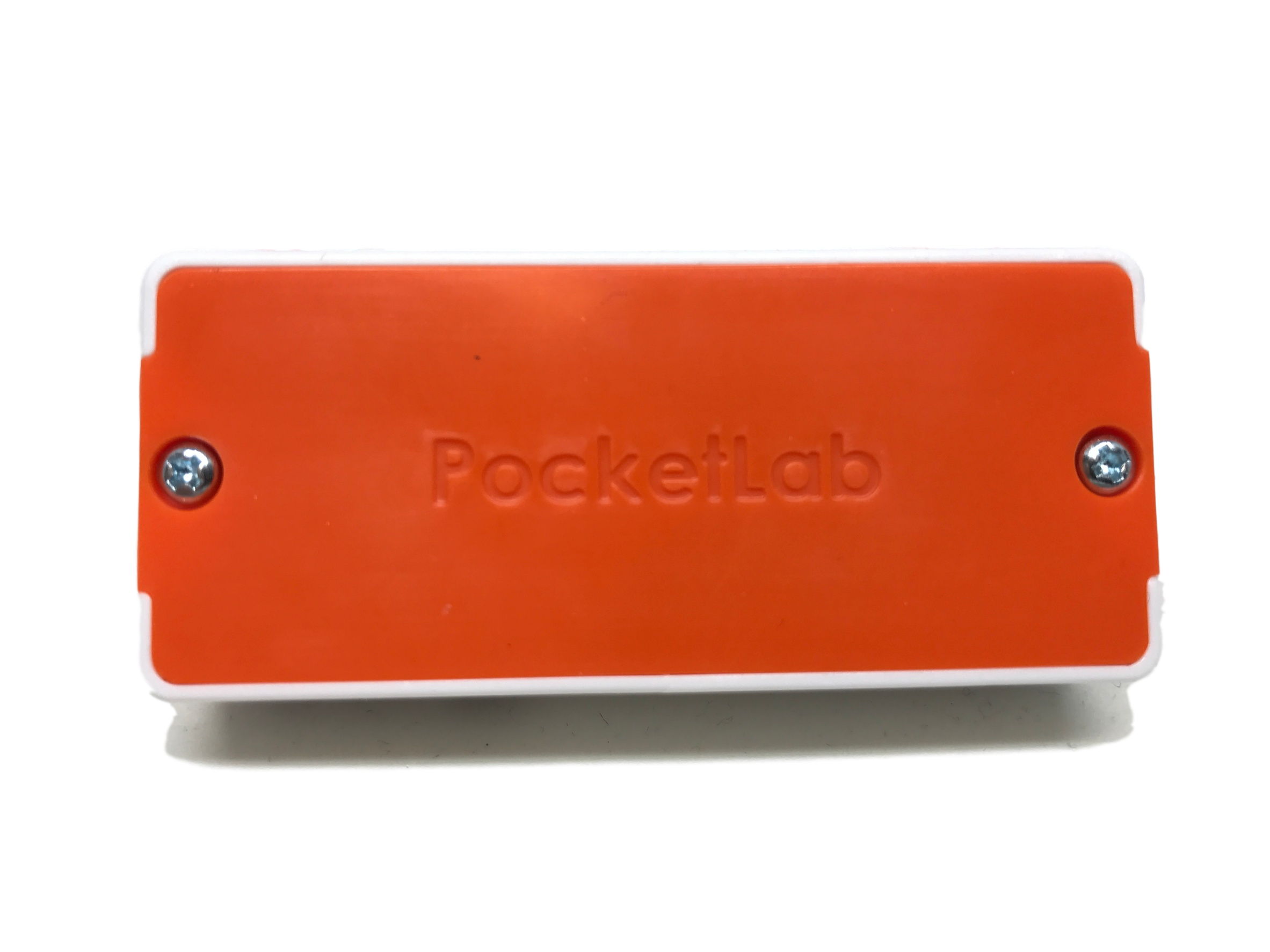
Overall, Bluetooth LE was shown to achieve the lowest power consumption of the three protocols tested in this study.
Operating Range
It’s also important to consider what type of operating range your product needs.
For example, does your device need to be able to communicate with a hospital ten miles away or just within a single household or office space? Or perhaps is it a wearable device that only needs to communicate with a smartphone carried by the user?
Defining the required operating range will help you choose the right wireless technology for your product.
Qualification, Approvals, and Certification Requirements
In the US, the Federal Communications Commision (FCC) regulates radio frequencies (RF), allocating a range of frequency bands for non-governmental use.
So the FCC is the organization that certifies new RF equipment to ensure it complies with standard RF technical requirements before the product goes to market. The overall design of a device, including its antenna design, layout, and electrical circuitry must be engineered to comply with the specific standards set forth by the FCC.
A few questions to consider in regards to FCC regulations:
- What are your planned budgetary and schedule constraints for testing and product certification?
- Will you be able to test your new product to the relevant standards within your timeline and budget?
As a rule of thumb, regulatory processes take longer than you expect, so be sure to budget more than enough time in your product development schedule to allow for this aspect of the process.
Antenna Type and Placement
All devices that transmit data via radio frequencies utilize some type of antenna and there are many off-the-shelf antenna components suitable for a range of product applications.
A few questions to consider:
- Is it acceptable for your product to have an external antenna?
- If internal, what is the structure and type of material that surrounds it?
Understanding the technical standards relevant your product type will be necessary for selecting and placing the appropriate antenna for your application.
Privacy and Security
There are wide-ranging technical and legal considerations to consider when designing privacy and security into your product.
As an increasing number of products we use and depend on transfer more and more data over various networks, the potential impact of security vulnerabilities grows exponentially.
A few questions to consider:
- How will you ensure data transmitted by your device is secure?
- Will your device act as a node within a broader network?
- What type of information does your device collect?
User Interface
The incorporation of a product user interface (UI) in the form of a screen, buttons, or other method of interaction, will have varied implications, including security, cost, size, and overall user experience.
A few questions to consider here:
- Does your product require a UI? If so, what form will it take?
- Does the user need to manually input any data into the device or can it be setup using a host computer?
- Does the device require a wired connection like USB for setup or certain types of data transfer?
One of the most powerful aspects of the Internet of Things is that the UI disappears in some respects, at least in the traditional sense of human-computer interaction.
To provide that experience of effortless UI, Taylor Umphres, CEO at Zuli, is focused on simplicity. “The main thing we’ve learned and remained focused on is to keep things simple,” Taylor shares. “You can have a great ‘connected home/ IoT’ product, but, if at the end of the day the user can’t figure out how to use it or it’s more complicated than simply switching on the lights, the mass consumer market is not going to easily adapt to purchasing your product.”
To create a product that truly integrates seamlessly into everyday activity, the UI design will be crucial.
Interoperability
Device interoperability is one of the most significant steps toward a fully-realized IoT. Certain standards, such as Z-Wave for home automation, have been developed specifically to increase interoperability between devices used in common environments.
Interoperability applications are seen, for example, in smart home products that communicate with other products in the home.
Massimo Andrea Bassi, CTO of smart mattress cover startup Luna, notes that “connectivity allows our product to connect to other smart home products, enabling features such as informing your thermostat or security system that you are in bed or asleep. So beyond the utility of our specific product, the user gets the additional utility of energy savings and security.”
A few questions to consider here:
- Does your device exchange data with other specific products?
- If so, what standard(s) do you need to adopt to ensure cross-product compatibility?
- Are you planning on developing products in the future that will communicate with the current product under development?
- Does your product fit into a niche for which a particular standard dominates?
Choosing a Wireless Standard: Four Key Questions
To help you get started, here are four questions to consider when choosing which wireless standard is right for your product.
1. What is your product niche?
By simply looking at what technology other companies are using to develop products in your target niche, you can get a sense for what protocols you should be considering.
- Many fitness-type and personal data logging products use ANT/ANT+
- Many IoT home and office equipment and appliances use Wi-Fi.
- Z-Wave is specifically geared toward home automation products.
- 6LoWPAN is used in many home and industrial setting
- Cellular is most obviously used for cellular phones, but may also have relevant applications collecting data from devices deployed in remote locations.
2. What’s the maximum range your device will send data?
If range is minimal, as in a Personal Area Network, you should generally consider Bluetooth, Bluetooth LE, and ANT/ANT+. These options will keep your costs to a minimum while still providing robust functionality.
For LAN setups, Wi-Fi, Z-Wave, and 6LowPan are good options.
For sending data over longer distances, Weightless is a strong contender
If your product needs to send data nationally or globally, then Cellular is the best option.
3. How much power does your device use?
If you’re building a product which is essentially a small sensor, lowest power technologies like Bluetooth LE, ANT/ANT+, Z-Wave, Weightless, and 6LoWPAN are all good options.
Cellular applications will use more power than any of the other listed options.
4. What type of interoperability are you looking for?
Your choice of wireless technology may be limited by the network topology required to implement your product idea.
Bluetooth, Bluetooth LE, and Wi-Fi use star network topologies, meaning that a host device is required to facilitate communications between any other linked set of devices. The number of devices supported by the host will vary between technologies.
Other technologies, including ANT, Z-Wave, 6LoWPAN, and Cellular can take advantage of mesh or tree style topologies.
There is much more to discuss and consider when it comes to developing an IoT product, but hopefully this guide has given you a good place to start.
For further reading, check out the list below!
